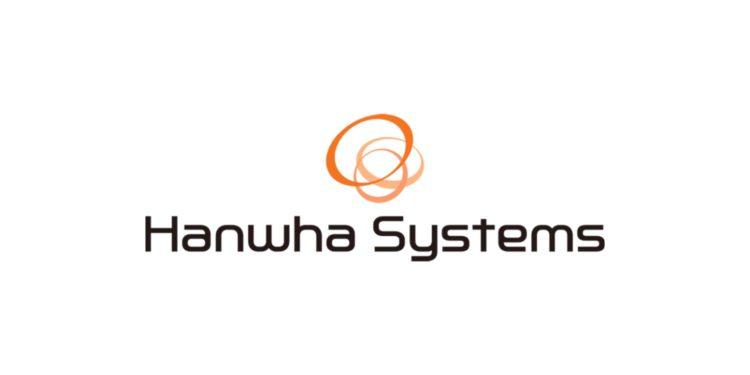Hanwha Systems has announced its entry into the hyperspectral satellite business, focusing on the observation of greenhouse gases. The company secured a contract worth approximately KRW 40.5 billion from the National Institute of Environmental Research to develop and supply a total of five ultra-small hyperspectral satellites by 2028.
The project is a crucial step for Hanwha Systems, which aims to enhance its capabilities in environmental monitoring through advanced satellite technology. This initiative will enable the precise observation of greenhouse gases, contributing to efforts in addressing climate change and environmental protection.
Spectroscopy involves dividing light according to different wavelengths, and hyperspectral imaging technology takes this further by dividing light into hundreds of bands, capturing detailed images of subjects from great distances. This technology is crucial for monitoring air and soil pollution, analyzing natural disasters, exploring resources, and detecting forest pests.
The new satellite developed by Hanwha Systems will operate in a low orbit at an altitude of less than 600 km. It will measure and calculate methane and carbon dioxide emissions, key contributors to global warming, and monitor areas with excessive emissions.
By utilizing hyperspectral imaging, these satellites will provide detailed data on greenhouse gas emissions, aiding in climate change mitigation efforts.
Hyperspectral satellites split light into hundreds of spectrums, enabling detailed observation of air pollutants that are invisible even from space. Hanwha Systems’ new satellite will calculate and monitor greenhouse gas emissions while orbiting at an altitude below 600 km. The satellite is being designed to be micro-scale, weighing less than 50 kg.
Hanwha Systems will handle the entire development process, from creating the satellite body and payload to integrating the system. They will also provide comprehensive solutions for greenhouse gas observation, including launch and operational support. This marks Hanwha Systems’ entry into the hyperspectral satellite market.
This initiative represents Hanwha Systems’ first foray into the hyperspectral satellite business. By developing advanced technology for detailed environmental monitoring, Hanwha aims to contribute to global efforts in tracking and managing greenhouse gas emissions.
Also Read:
- LG Expands AI Home Connectivity with Major Stake in Athom
- Reviving Operations: SK Group’s $75 Billion Investment in AI and Chips
- SK Hynix Unveils High-Speed PCB01 SSD for AI PCs
- Hyundai Glovis to Invest $6.5 Billion by 2030, Aiming for $31.3 Billion in Sales
- South Korea and U.S. Strengthen Semiconductor Ties with New Cooperation Initiatives







